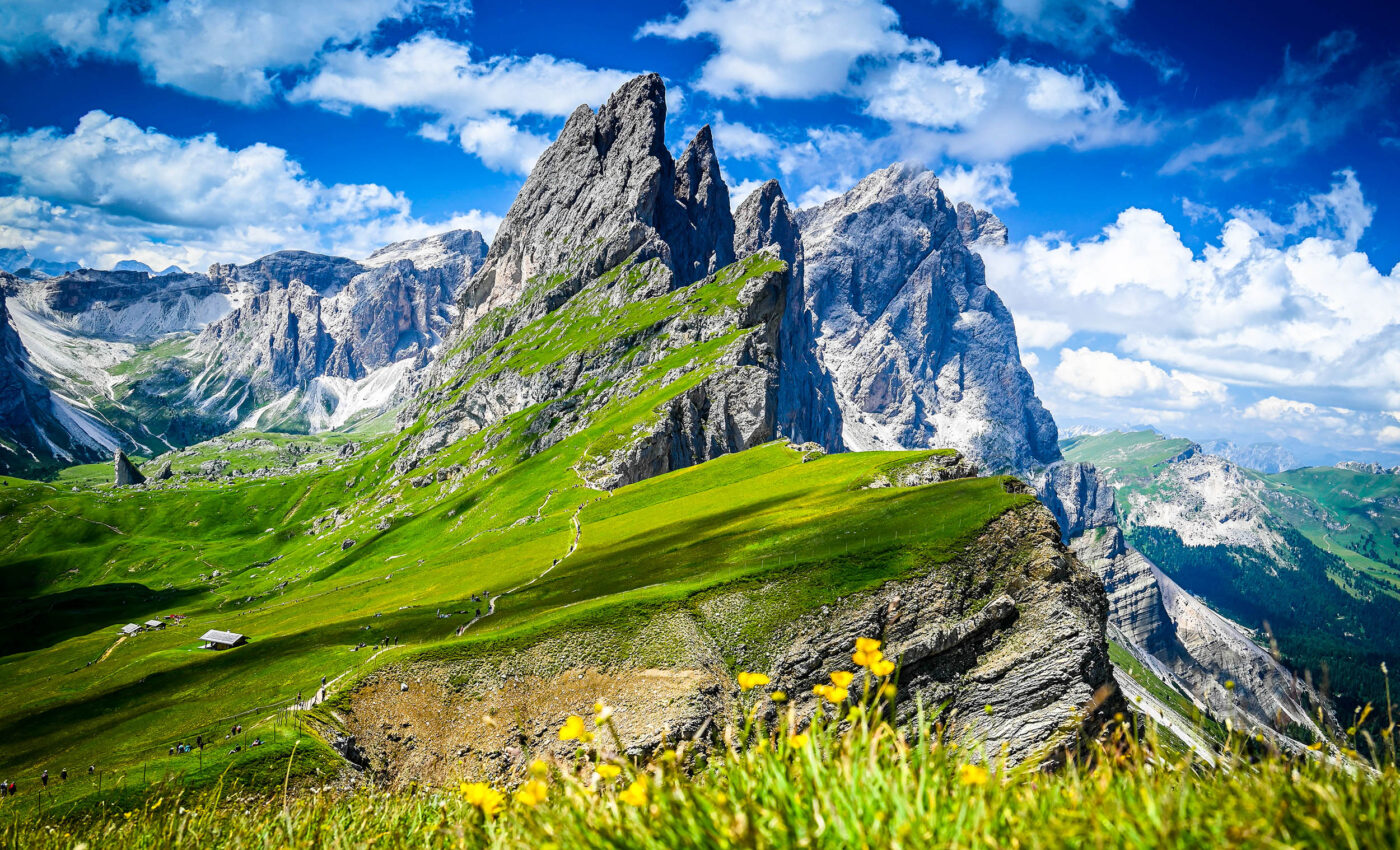
Mountains can be both carbon sinks and carbon sources
Researchers have discovered the nuanced role mountains play in the carbon cycle. The team brings clarity to this debate, revealing that mountains can function as both carbon sources and sinks, depending on various factors.
Traditionally, the scientific community has grappled with whether mountains act primarily as sources of carbon dioxide or if they serve as carbon sinks, removing CO2 from the atmosphere through a process known as mineral weathering.
Tipping point: Mountains as carbon sources and sinks
The research, a collaboration between Ludwig Maximilian University of Munich, Colorado State University, and the German Research Centre for Geosciences, introduces the concept of an erosion rate ‘tipping point’ — a specific rate at which mountains switch roles from carbon removal to carbon release.
Through detailed calculations, the team identified this optimal rate as approximately 0.1 millimeters per year. This rate represents a delicate balance. Erosion rates above this threshold transform mountains into carbon emitters, while rates below have a negligible impact on carbon storage.
“Whether a mountain range is a source or sink of carbon dioxide depends on how fast the landscape is eroding,” explains Jeremy Rugenstein, a CSU assistant professor of geosciences and co-author of the study.
Erosion rates: Pivot between carbon capture and release
The interplay between erosion and uplift — the rate at which new rock material is exposed at the surface through mountain formation — dictates the duration materials remain exposed to the elements.
At high erosion rates, the potential for carbon sequestration is negated as the minerals capable of removing CO2 are rapidly worn away, leaving behind those that release carbon dioxide into the atmosphere.
Conversely, at lower erosion rates, the minerals necessary for CO2 removal have already been depleted, minimizing their climate impact.
Optimal erosion rates for CO2 removal
A surprising outcome of the study is the identification of a ‘Goldilocks zone’ — a moderate erosion rate that allows minerals sufficient exposure to undergo the chemical reactions necessary for carbon dioxide removal.
“It’s only at these intermediate Goldilocks zones where erosion is fast enough that new minerals are coming up, but not so fast that they’re just getting swept away, and they have time to weather in situ and draw down CO2,” Rugenstein said.
“That this Goldilocks zone occurs at such low erosion rates was a real surprise. Prior to this work, I might have guessed that such a switch from carbon dioxide sink to source — if it occurred at all — would be at a substantially higher erosion rate,” he concluded.
This finding challenges previous assumptions about the erosion rates necessary for mountains to act as carbon sinks, highlighting the complexity of Earth’s climate system.
The study also points out that lower-relief mountain ranges, often older and geologically less active, are more likely to exhibit these optimal erosion rates, whereas higher, rapidly eroding mountains are identified as carbon sources.
Global pattern from the Alps to the Rockies
This pattern was observed across various mountain ranges with different climatic conditions and tectonic histories, including the Southern Alps in New Zealand, the Central Mountain Range in Taiwan, and the eastern Tibetan Plateau in China.
Further research aims to explore the role of different rock types in this carbon cycle dynamic, with preliminary data suggesting that granite mountains, such as the Rocky Mountains, may also have a similar optimal erosion rate for carbon dioxide removal.
“Mountains might evolve through this cycle where they are transiently sinks of carbon dioxide and then sources of carbon dioxide,” Rugenstein said.
Additionally, the study acknowledges the potential role of mountain basins in the carbon cycle, where eroded rock could continue to weather and sequester carbon dioxide, thus complicating the overall carbon accounting of mountainous regions.
Future of mountains and carbon research
Understanding how mountains contribute to global climate dynamics over geological timescales is crucial, according to Aaron Bufe, the lead author of the study, saying, “The global distribution of erosion rates plays a significant role in setting Earth’s long-term temperature.”
This important study conclusively demonstrates that mountains play a complex role in Earth’s carbon cycle, acting as both carbon sinks and sources, influenced by the rate of erosion.
By identifying the optimal erosion rate for carbon dioxide removal, the research sheds light on the nuanced interplay between geological activity and climate regulation.
It challenges prior assumptions and opens doors for future investigations into how different rock compositions and mountain basins contribute to global carbon dynamics.
This revelation enhances our understanding of mountainous regions’ impact on climate and underscores the delicate balance of natural processes that govern Earth’s long-term temperature settings.
The full study was published in the journal Science.
—–
Like what you read? Subscribe to our newsletter for engaging articles, exclusive content, and the latest updates.
Check us out on EarthSnap, a free app brought to you by Eric Ralls and Earth.com.
—–













